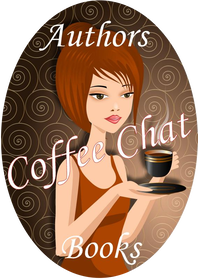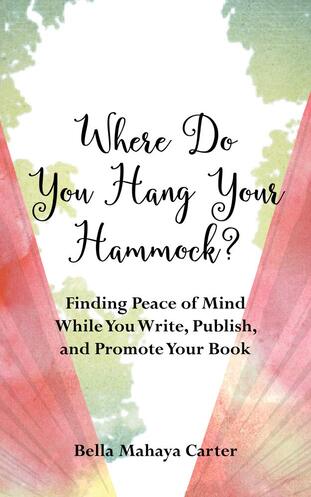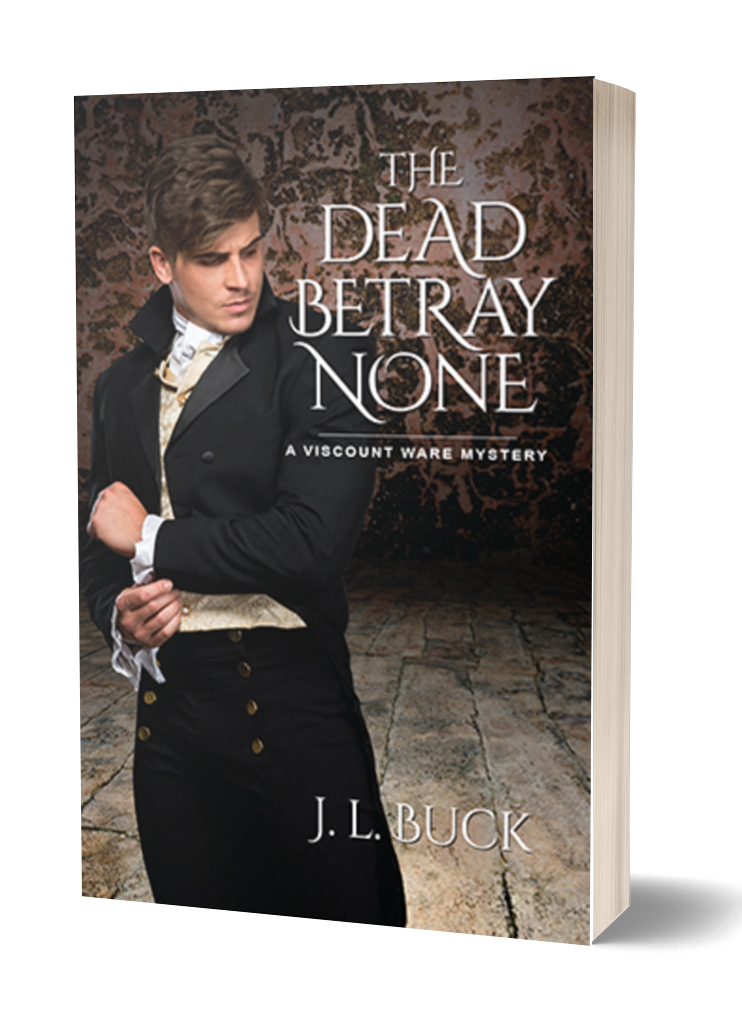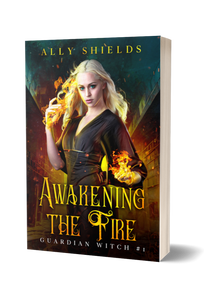
Good Morning, Booklovers!
June has arrived in the Midwest, and we’re having beautiful weather, perfect for sitting outside and chatting about books. And we have the perfect guest, Bella Mahaya Carter, a creative writing teacher and author with a new self-help book for writers and aspiring writers, Where Do You Hang Your Hammock?
Welcome, Bella. What can I get you to drink?
BC: I drink herbal teas. My go-to is Chamomile.
Ally: Perfect choice for such a relaxing day. While I pour our drinks, please introduce yourself to readers.

Bella Mahaya Carter is a creative writing teacher, empowerment coach, speaker, and author of Where Do You Hang Your Hammock? Finding Peace of Mind While You Write, Publish, and Promote Your Book. She is also the author of an award-winning memoir, Raw: My Journey from Anxiety to Joy, and Secrets of My Sex, a collection of narrative poems. She has worked with hundreds of writers since 2008 and has degrees in literature, dance, film, and spiritual psychology. Bella’s writing has appeared in dozens of print and online journals.
Something unique/unusual that isn’t in your regular bio: “In my heart of hearts I’m a healer. My work is inspired by my own quest for inner liberation and peace. I explore intersections between the writing life, spirituality, and personal transformation and growth. I’m fascinated with how to stay not only sane, but also joyful, from inspiration to publication, and beyond. I’m concerned with the whole-person—body, mind, and spirit. My writing includes information about self-care, nourishment, mental health, and more.”
Visit her online at www.bellamahayacarter.com.
Facebook Profile: https://www.facebook.com/bella.carter.7?ref=tn_tnmn
Facebook Author: https://www.facebook.com/search/top?q=Bella%20Mahaya%20Carter
Instagram: https://www.instagram.com/bellamahayacarter/
Twitter: https://twitter.com/BellaMahaya
LinkedIn: https://www.linkedin.com/in/bella-mahaya-carter-18570914/
Ally: What do you find is the hardest part of writing?
BC: The hardest part is not writing. Not writing comes from stories I tell myself. The key word here is “stories,” which are made up, but look real, and have hardened into beliefs. Negative beliefs sabotage writing efforts. The narrative might go something like this: nothing I have to say matters. Or, I’ll never be good enough, or I’m not a “real” writer. I’ve written a chapter about this in my new book. I call it Universal Doubt. Any thought that limits, berates, insults, or hurts falls into this category. Universal doubt is not personal. We all have it. It may be connected to the brain’s negativity bias, which helps us detect danger and is an essential survival mechanism. But often this mental function goes into overdrive and hijacks our mind, which influences our behavior. This is a common cause of writer’s block.
We are designed to focus on one thing at a time: we’re either present to the moment, or to our thinking. Writing takes place in the moment. It’s not that you aren’t thinking when you write, but you are a vessel, and it helps to open up and to allow and welcome what wants to come through. Releasing ideas that show up in the form of expectations and judgment, and trusting yourself and the process is key. Since so much of this process takes place under the radar, many writers—especially those just starting out—don’t realize it’s happening. They are bullied by their own thinking and don’t realize they have a choice regarding which thoughts to believe and which ones to set aside. You can’t turn universal doubt thinking off, but you can create a new relationship with it. You can lay it down, or tune it out. You can consciously choose not to fall under its spell. You can love it and let it be, and realize there’s a far greater force within fueling your creativity.
Ally: Do you write with an audience in mind or to a publisher’s required theme?
BC: I don’t write with an audience in mind when I’m composing early drafts, even if I’m writing to a publisher’s theme. Instead, I quiet my mind and listen. I try to connect with some deep internal truth that’s bigger than I am. My job is to get out of the way and open to the creative process. I often don’t know what I’m going to say until I say it —until it’s expressed through me. I summon trust, faith, and aim to relinquish control—or the illusion of it. As much as I’d like to believe I’m in control, I never have total control in writing or in life. Later, in revision stages, or while working with my editor, I consider the audience, by asking questions such as, have I made myself clear? Or, what do I want the reader to feel? Or, what’s the take-away here? The take-away is what I want to the reader to come away with after reading a scene or chapter. I also consider what’s at stake for the protagonist and how that might impact the reader.
Ally: When did you decide to pursue writing as a career?
BC: I decided to pursue writing after graduating from film school. At the time I was working on a screenplay that became unwieldy. I developed my idea for years, but it never went anywhere. Meanwhile, I stumbled into an adult extension class with L.A. poet Jack Grapes, and fell in love with him as a teacher and mentor, and with poetry. During those years, I didn’t think of writing as a “career,” because I wasn’t making money. I was lucky my husband was willing to support me, because writing was my avocation, a labor of love. I’ve dedicated myself to it for forty years. I studied. I read a lot, and I wrote a lot. I also wrote fiction, memoir, essays, and articles. But that work never paid the bills, either. I became a writing teacher and coach to generate income, but it turns out that this work is a true calling. It comes naturally. I understand it viscerally. It’s creative. I meet people where they are and explore what’s possible. It’s tender, joyful work that feels more like play. It’s a pleasure helping to liberate writers (and others) from thinking that holds them back. Human potential is so much larger than we imagine.
Ally: Are you a plotter, a pantser or a little of both?
BC: I love this question. I’m both. I adore structure and outlines that help me organize my ideas and nail down key points. When I work with students and clients I suggest (if it feels right to them) that they approach structure in this way: 1.) Choose a title and subtitle 2.) Divide the manuscript into parts by creating section heads 3.) Come up with chapter titles, and 4.) Write chapter-by-chapter summaries. The value of chapter summaries is that you can look at the whole picture, and also clarify the purpose and take-away of each chapter. I found this process very helpful while working on my memoir.
The most important thing to do while approaching structure is to hold it loosely and understand an outline is a living document. It evolves with you as you write. When I was working on my chapter summaries for my memoir I was clear about parts one and two of my story, but the third and final part was vague. Still, I made stuff up just to have something on paper. After writing parts one and two, part three came into focus and I reworked my outline and summaries, updating them to reflect what the writing had revealed to me. I’m a panster in the sense that I believe that writing has its own deep, internal structure. I encourage and practice lots of free writing, with no agenda, and then later going back to identify themes and structures. There’s plenty of room in the writing process for spontaneity and planning—and for me, both are necessary. I like going back and forth between the forest and the trees. Plotting and “pantsering” are two sides of a writer’s coin.
Ally: What is the best writing/marketing advice you’d like to pass on to other writers?
BC: Have fun. As much as possible, do what you do because you love it. If you’re showing up to your writing or marketing work filled with a sense of dread or obligation, it may be time to pause and reflect. Life is short. Do what you love. Let go of “shoulds.” Look in the direction of your inner wisdom, identify and then free yourself from self-imposed rules, and discover your joy.
Ally: Which of the trivia questions did you choose?
BC:
- A movie you’ll always remember: Dreamchild - Here’s a description I found online: “Eighty-year-old Alice Hargreaves (Coral Browne) is about to visit Columbia University to attend a reception in honor of legendary fantasy author Lewis Carroll. As a child, Alice had a close friendship with the writer, who she knew as Rev. Charles Dodgson (Ian Holm), and their relationship was the creative catalyst for Dodgson’s most beloved work. However, as Alice reflects on her experiences with the author, she realizes the complexity of their bond has had lasting, deeply felt ramifications.”
- Color of nail polish you have on: None. I haven’t worn nail polish since early March 2020. In my pre-pandemic life I received regular manicures. Fingers were polished with “Put It In Neutral” or some variation of a light pink or peach. I was bolder with toe nail polish: purple, fuchsia, orange, or red.
- Favorite fashion accessory: My mother and grandmother’s jewelry. I inherited jewelry from both. When I wear something that belonged to them, I feel powerful and blessed with their creativity and strength.
- Pie or cake? Vegan Blueberry Cheesecake. Sun Café (Studio City, CA) makes a decadent, gluten-free, dairy free cheesecake made with blueberries, cashews, coconut and agave.
- Your pets: Chihuahua/Cocker Spaniel mix, Katie. We adopted her from the pound when she was two. She used to sit with her front paws crossed and I’d call her Lady Katie. Now she’s 15, deaf, almost blind, less graceful, but as loveable as ever!

Genre: Self-Help/Inspiration
Release Date: June 1, 2021
In Where Do You Hang Your Hammock? seasoned coach and author Bella Mahaya Carter shows writers how to use their present circumstances as stepping-stones to a successful and meaningful writing life, navigated from the inside out. It encourages writers and authors to rethink their ambitions (which may be fueled by the tyrannical demands of the ego) and trust in their heartfelt purpose and values in the journey to becoming, or continuing on, as authors.
Many writers believe their self-sabotaging thoughts are trustworthy and true. They take rejection personally. They surmise that if they don’t achieve their goals they have failed, and lose sight of who they are and what matters most.
This book is for writers looking for inspiration and for authors daunted by the publishing process, who might lack the requisite author platform to get published the way they dreamed, or whose careers may not be unfolding as expected. It aims to be the friend and trusted expert writers turn to when hijacked by their own thinking. Ultimately, it reminds authors that they are infinite creators.
What others are saying...
“Carter’s voice instills a sense of calm and assurance in uncertain times, a respite for any writer navigating not only their inner critic but also the brass tacks of publishing, an often fickle industry. I truly love this book!”
—Elizabeth K. Kracht, author of The Author’s Checklist: An Agent’s Guide to Developing and Editing Your Manuscript
“Carter beautifully points to that which is beyond words. This book is a gift for anyone who wants to improve their writing or become a writer. The author’s gentle touch left me feeling uplifted—and motivated to begin my next book!”
—Natasha Swerdloff, coauthor of Coming Home: Uncovering the Foundations of Psychological Well-being
Book trailer: https://www.youtube.com/watch?v=mADradYDymU
Buy Links:
Amazon: https://www.amazon.com/Where-Do-You-Hang-Your-Hammock/dp/1647420652/ref=sr_1_1?dchild=1&keywords=where+do+you+hang+your+hammock&qid=1612302430&s=books&sr=1-1
Indie Bound: https://www.indiebound.org/book/9781647420659
Bookshop.org: https://bookshop.org/books/where-do-you-hang-your-hammock-finding-peace-of-mind-while-you-write-publish-and-promote-your-book/9781647420659
Barnes & Noble: https://www.barnesandnoble.com/w/where-do-you-hang-your-hammock-bella-mahaya-carter/1138006881?ean=9781647420659
 RSS Feed
RSS Feed





